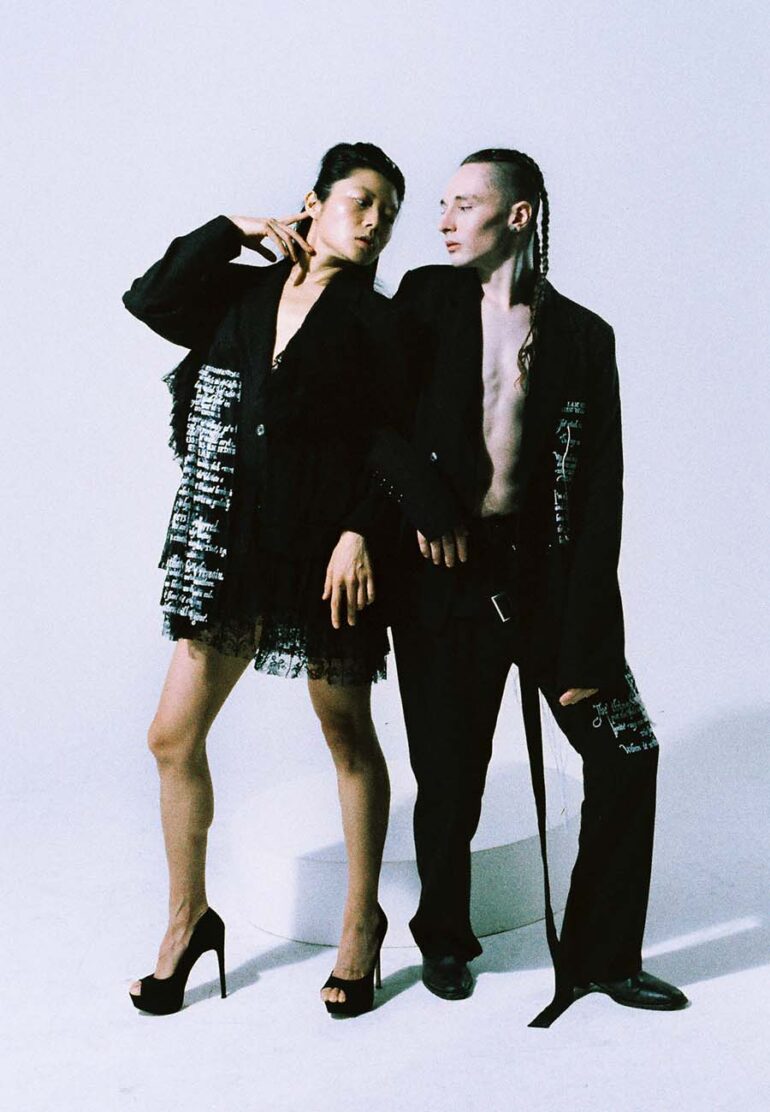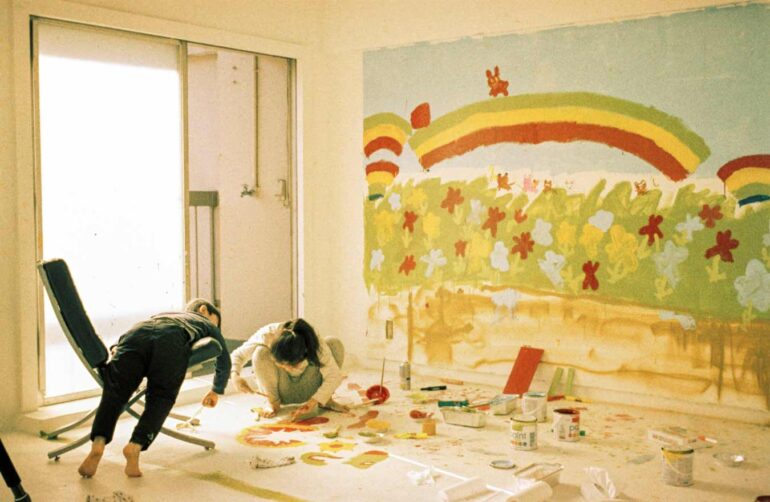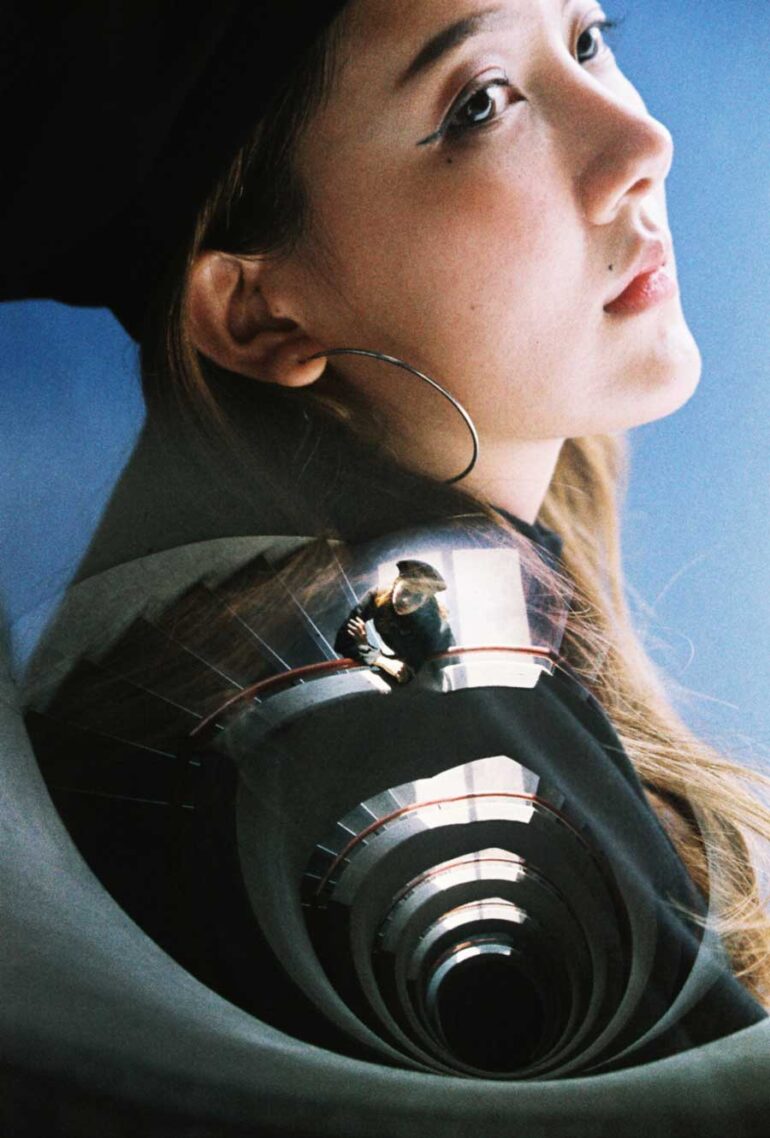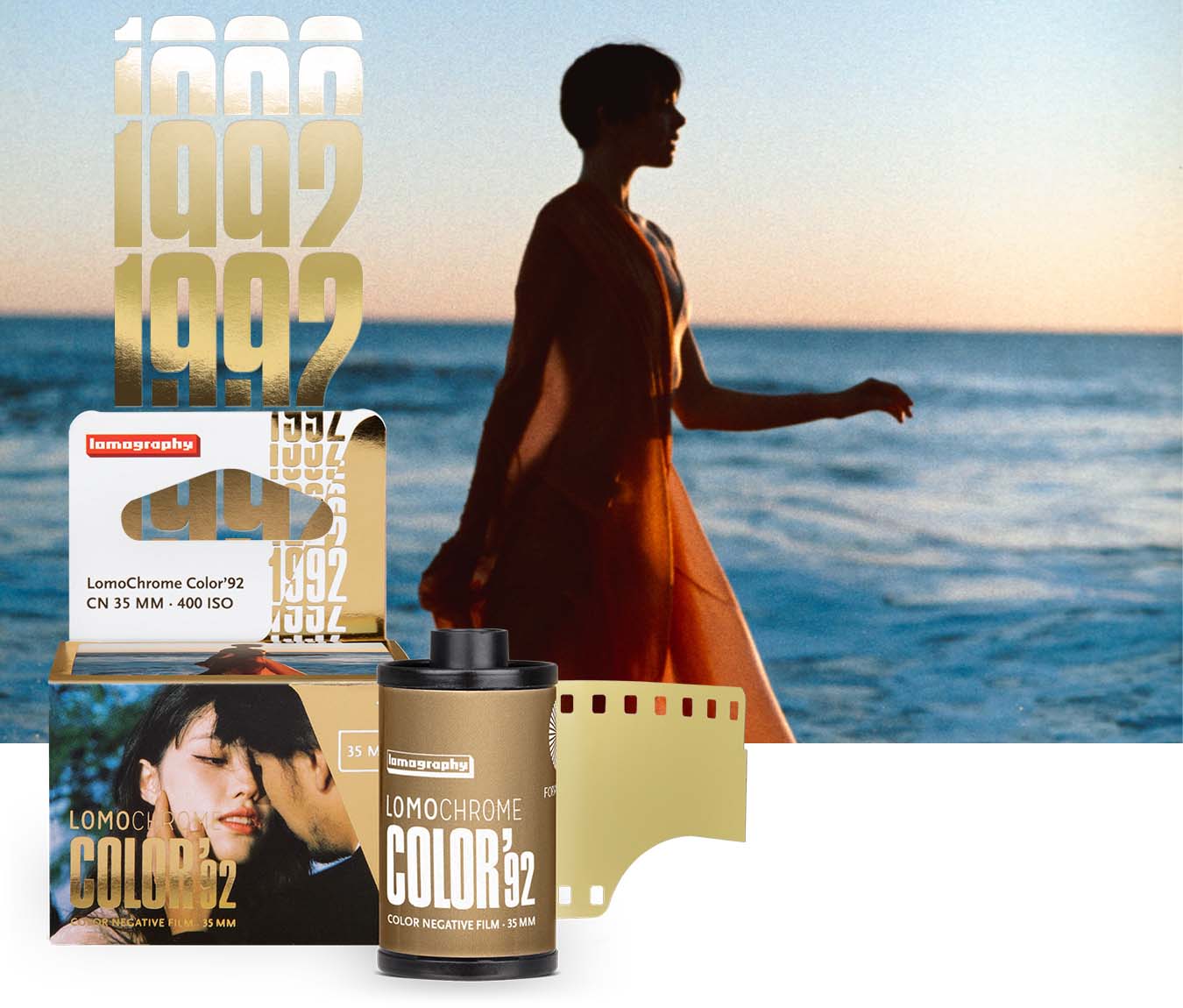Lomography introduced a new limited-edition film stock today called LomoChrome Color ’92. It seems that this is different from LomoChrome Purple or Turquoise — which are more permanent stocks. But the company has made its experimental rolls more permanent in the past. Can the fact that this is being billed on the retro vibes of the 90s keep it alive? Regardless, we have to agree that we’re liking the look.
A New Film
Color Negative film is in a very odd place right now. It’s incredibly expensive if you’re getting it from Kodak or Fujifilm. This is one of the reasons why Fujifilm 400 Color Negative was made to “not replace Superia.” So a handful of brands have been diving into the ECN2 formulation of using movie film instead — simply because it’s so much cheaper.
Who is Making It?
But with Lomography LomoChrome Color ’92, the company is delivering a C41 batch of film. In the past, they’ve sourced films from Kodak, Ferrenia, Ilford, and a few other brands that are pretty silent right now. So to clarify things, they’ve never actually made their own film from the ground up. But the emulsions are truly their own creations.
Think of it like when Nikon says that they’re using their own sensor that was designed for them. We know that Sony made the sensor, but Nikon made the design based on certain parameters.
With that said, we were trying to figure out what makes the film so unique. It doesn’t seem like they’re just adding some color to it. Here’s what they’re saying
Inspired by the cutting-edge film production technology of the ’90s, LomoChrome Color ’92 ISO 400 film is an exciting glimpse back to the glory days of analogue. Suitable for use in all lighting conditions, this distinctive emulsion appears soft and mesmerizing in the sun and brings a subtle, painterly look to your photos at dusk. Clean reds and vibrant yellows pop out amongst cool blue tones whilst delicate pastel undertones and eloquent blacks take your everyday snaps to a new dimension. The unique color layering process and one-of-a-kind color palette work in harmony with the film’s rich grain structure for a burst of retro charm and classic analogue character.
Decoding the Hints. Is it Fuji That’s Making Lomography LomoChrome Color ’92



By all means, this is a weird one. What we do know for sure is that it’s still daylight balanced and that it’s an ISO 400 film with 36 exposures. The film only comes in 35mm. It’s also DX coded — so take note of that when you stick it into your camera. Use exposure compensation, if available, accordingly. There’s nothing worse than sticking a roll of something like Fujifilm Natura 1600 into your camera when it’s expired and purposely exposing it at 1600 when it really needs an ISO 400 amount of light.
In fact, I honestly thought that it was probably Natura 1600, but that Lomography is billing it as an ISO 400 film because it’s so expired. But we haven’t talked to Lomography about that.
The company is making it very clear that LomoChrome Color ’92 is designed with the early 90s in mind. There’s a hint that says that implies that this film was aged since then. But I’d be very shocked if that’s the case. Lomography has done some crazy things before, though, such as aging film in wine barrels in a cave. But those weren’t aged for all that long. And it’s very difficult for film to make it all that long, even when frozen. I wouldn’t want to push it, either.
Head over to their website to pick some of the film up.
Editor’s Note, it’s not clear who shot the sample images. So we’re crediting the photographers with Lomography’s own statement: We’d like to thank the following photographers for their photos: Rafael Hernandez, Thinnakorn mansisaad, Tsutomu Umezawa, Myles Ross, Naphattanun Phetariyawong, Caleb Knueven, Yvonne Hanson, & Trev Lee.


